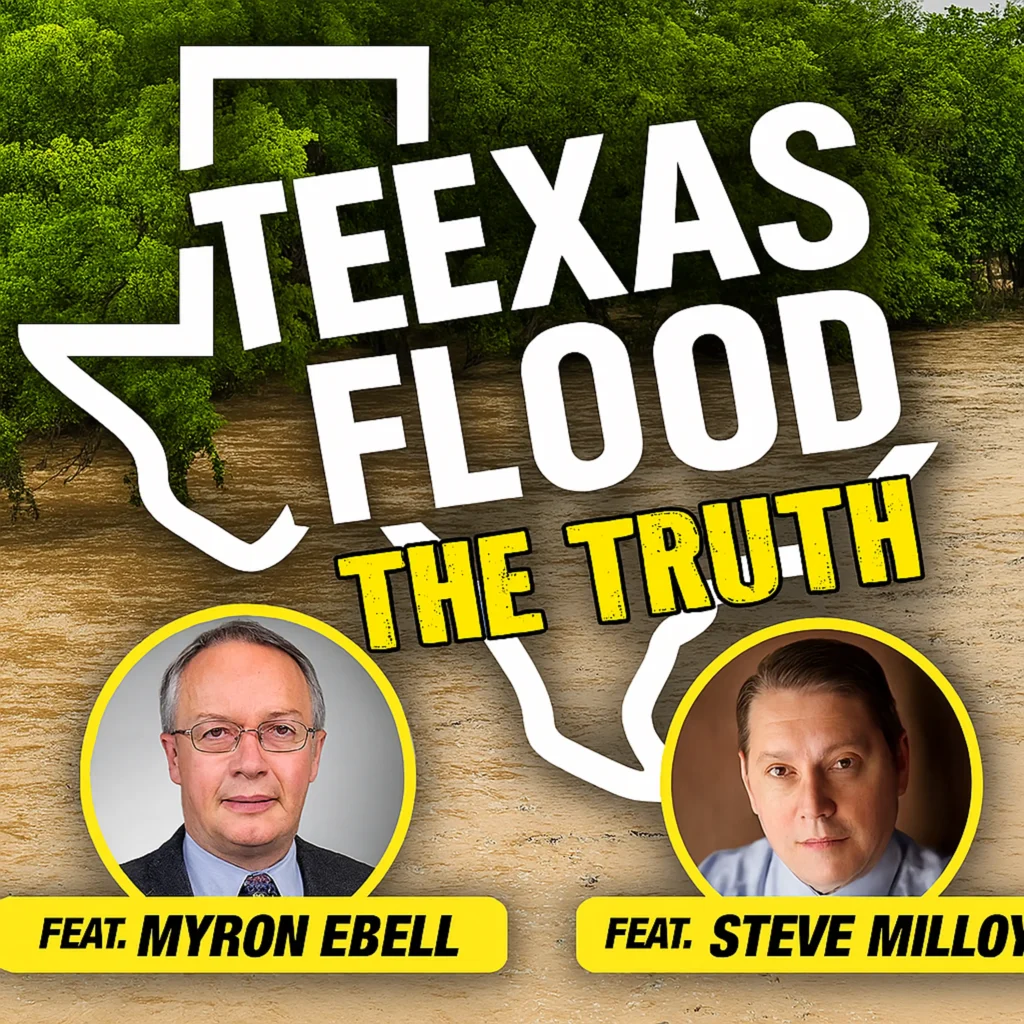As of July 2016, the United States’ national debt has reached over $19 trillion, with an average federal debt per-person now surpassing $59,000. It is estimated the national debt will reach over $20 trillion by the end of 2016, which will be nearly double the national debt in 2009.
As a result of the national government’s failure to control spending, many Americans, including numerous policy experts and lawmakers, are calling on state legislatures to exercise their power to create a balanced budget amendment under Article V of the U.S. Constitution. The proposed amendment, if passed and ratified, would curtail the nation’s skyrocketing debt and the range of the federal government’s power.
The modern movement to create a balanced budget amendment began in 1957, when Indiana passed the “first Article V application calling for a convention to propose a balanced budget amendment,” according to the Balanced Budget Amendment Task Force (BBATF). In the mid-1970s, both the National Taxpayers Union and the National Tax Limitation Committee joined the effort. In 1983, Missouri would become the 32nd state to pass an Article V application, thanks in part to the support offered by then-President Ronald Reagan.
From 1988 until 2010, the application process stalled, largely because organizations such as the John Birch Society convinced 16 states to rescind their previous applications. In 2010, the Balanced Budget Task Force began reinstating these applications. As of 2016, the BBATF has successfully convinced 28 states to approve applications needed for an Article V convention to take place. Thirty-four states must approve applications before the Article V convention process can proceed.
The Convention of States (COS) is another constitutional amendment movement working to enact commonsense reforms on Washington, DC. It was established by Citizens for Self-Governance “for the purpose of stopping the runaway power of the federal government.” COS differs from BBATF in that its chief goal is to call a convention for “limiting the power and jurisdiction of the federal government,” whereas BBATF seeks a balanced budget amendment to be added to the constitution.
Under COS’ plan, state legislators would call a “convention of states,” with delegates from each state allowed “the power to propose amendments to the Constitution that would curb the abuses of federal power.” Though only 34 states are needed for a constitutional convention to be called, COS seeks “to build a political operation in a minimum of 40 states.”
In June 2016, the Assembly of State Legislatures (ASL) established procedural rules needed to hold a state-led convention. ASL was composed of more than “60 state legislators representing 30 states.” The ASL’s co-presidents, state Sen. Chris Kapenga (R-WI) and state Sen. Jason Holsman (D-MO), issued a press release calling the resolution “an historic day” and stating “[t]he important bipartisan work done by the [ASL] will help states use that tool by laying the groundwork for a state-led Constitutional amendment convention.”
States will continue to be negatively impacted by Congress’ failure to halt the country’s growing federal debt, which means more states are likely to use their power under Article V of the Constitution to create a check on the national government’s irresponsible actions.
The following documents offer more insight and detail on the federal debt and the constitutional convention movement.
Article V Quick Reference Guide
https://heartland.org/publications-resources/publications/article-v-quick-reference-guide
Kyle Maichle, The Heartland Institute’s project manager for constitutional reform, authored the Article V Quick Reference Guide to provide important information about the constitutional reform movement and process to advocates, legislators, and policy experts. This guide describes how the Article V convention process works. As Maichle explains, the process consists of state legislatures enacting applications; Congress receiving the applications; and states agreeing to convention logistics, setting out voting rules, and ratifying an amendment that has been agreed to by the states. It also provides reasons for calling a convention and rebuts some of the most commonly used falsehoods made by opponents.
The Article V Movement: A Comprehensive Assessment to Date and Suggested Approach for State Legislators and Advocacy Groups Moving Forward
https://heartland.org/publications-resources/publications/the-article-v-movement-a-comprehensive-assessment-to-date-and-suggested-approach-for-state-legislators-and-advocacy-groups-moving-forward
This Heartland Policy Brief is a comprehensive overview of the most consequential social movement occurring in the United States today: the Article V movement. As attorney David Guldenschuh notes, “The desire for power and the influence of special-interest money has so utterly corrupted Washington, DC that citizens no longer feel their leaders and representatives are looking out for the nation’s best interests.” Guldenschuh explains the nation’s Founding Fathers recognized the national government might someday overreach its constitutional authority, which is why they included Article V in the U.S. Constitution. Article V provides a mechanism for states to propose constitutional amendments that can rein in the national government. Guldenschuh describes four Article V advocacy groups – the Balanced Budget Amendment Task Force, Convention of States Project, Wolf-PAC, and Compact for America – and he reports on educational efforts undertaken by those organizations and others.
Amending the Constitution by Convention: Practical Guidance for Citizens and Policymakers
https://heartland.org/publications-resources/publications/amending-the-constitution-by-convention-practical-guidance-for-citizens-and-policymakers
This is the third study in a series of three Policy Studies by Independence Institute Senior Fellow Robert Natelson on the topic of amending the Constitution of the United States through an Article V convention. In this study, the author provides guidance to citizens and legislators on how to properly implement the process of calling an Article V convention. The text is meant be general in nature and not to be substituted for legal advice.
The Constitutional Amendment Process and a Reform Proposal
https://heartland.org/policy-documents/renewing-federalism-reforming-article-v-defects-constitutional-amendment-process-an
This Cato Institute Policy Analysis argues the constitutional amendment procedure of Article V is defective. Because no amendment can be enacted without congressional approval, limitations on the federal government that Congress opposes are virtually impossible to pass. This has prevented the enactment of several amendments that would have constrained the government: a balanced budget limitation, a line-item veto, and congressional term limits. The author argues Article V should be reformed to allow two-thirds of the state legislatures to propose a constitutional amendment that would then be ratified or rejected by the states, acting through state conventions or state ballot measures. The author says such a return of power to the states would limit the nation’s overly centralized federal government by helping to restore the federalist character of the U.S. Constitution.
State Initiation of Constitutional Amendments: A Guide for Lawyers and Legislative Drafters
https://heartland.org/policy-documents/state-initiation-constitutional-amendments-guide-lawyers-and-legislative-drafters
Independence Institute Senior Fellow Robert Natelson provides a guide to assist legislators and legislative counsel with the legal issues most likely to arise in the process of calling a convention of the states under Article V. Much attention has focused on the possibility of using Article V to rein in the growth of federal power, and many proposals are being advanced by a variety of organizations. This compendium serves as a valuable tool to assist with the legal analysis of the various Article V proposals.
Heartland Daily Podcast – Rob Natelson: Article V Constitutional Convention
http://blog.heartland.org/2015/08/heartland-daily-podcast-rob-natelson-article-v-constitutional-convention/
In this edition of the Heartland Daily Podcast, H. Sterling Burnett, managing editor of Environment & Climate News,speaks with Robert Natelson, a senior fellow at the Independence Institute and former constitutional law professor at three different universities. Natelson and Burnett discuss the history and the practicality of an Article V constitutional convention. Natelson is one of the foremost scholars of the constitutional amendment process in general and Article V conventions of the states in particular. Natelson provides a historical analysis of what an Article V convention is, why it was included in the Constitution, how it functions, and previous and current attempts to implement the process.
Nothing in this Research & Commentary is intended to influence the passage of legislation, and it does not necessarily represent the views of The Heartland Institute. For further information on this subject, visit the Center for Constitutional Reform at www.heartland.org/constitutional-reform, The Heartland Institute’s website at http://heartland.org, and PolicyBot, Heartland’s free online research database, at www.policybot.org.
The Heartland Institute can send an expert to your state to testify or brief your caucus; host an event in your state; or send you further information on a topic. Please don’t hesitate to contact us if we can be of assistance! If you have any questions or comments, contact Kyle Maichle, Heartland’s project manager for constitutional reform issues, at [email protected] or 312/377-4000.




